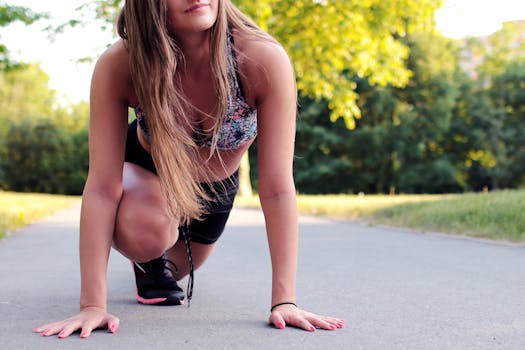
Introduction
When it comes to long runs, most runners focus on shoes and apparel, but socks play an equally important role in ensuring a comfortable and successful experience. Choosing the right socks can prevent blisters, regulate temperature, and improve overall foot health.
Material Matters
- Synthetic Fabrics: Materials like polyester, nylon, and spandex wick away moisture, keeping your feet dry and reducing the risk of blisters.
- Merino Wool: This natural fiber regulates temperature, offers comfort in both hot and cold weather, and manages moisture efficiently.
- Cotton: Avoid 100% cotton socks as they retain moisture and increase the likelihood of blisters.
Fit and Cushioning
- Snug Fit: Choose socks that fit closely to your foot to prevent bunching and sliding, which can cause chafing.
- Cushioning: Depending on your preference and the terrain, select socks with extra padding in the heel and toe for added comfort and shock absorption.
Seamless Design
Seams can rub against your skin, especially on longer runs. Opt for socks with minimal or seamless construction to eliminate pressure points.
Height Options
- No-Show: Ideal for those who prefer minimal coverage but may not protect against trail debris.
- Ankle and Crew: Offer better protection and are preferable for trail runs or in cooler conditions.
Extra Tips
- Replace worn-out socks regularly to maintain proper cushioning and prevent holes.
- Test new socks on shorter runs before using them in a race or long training session.
Conclusion
The right pair of socks can make a world of difference during long runs. By considering material, fit, and design, you can enhance your comfort and keep your feet healthy run after run.
Comments
Post a Comment